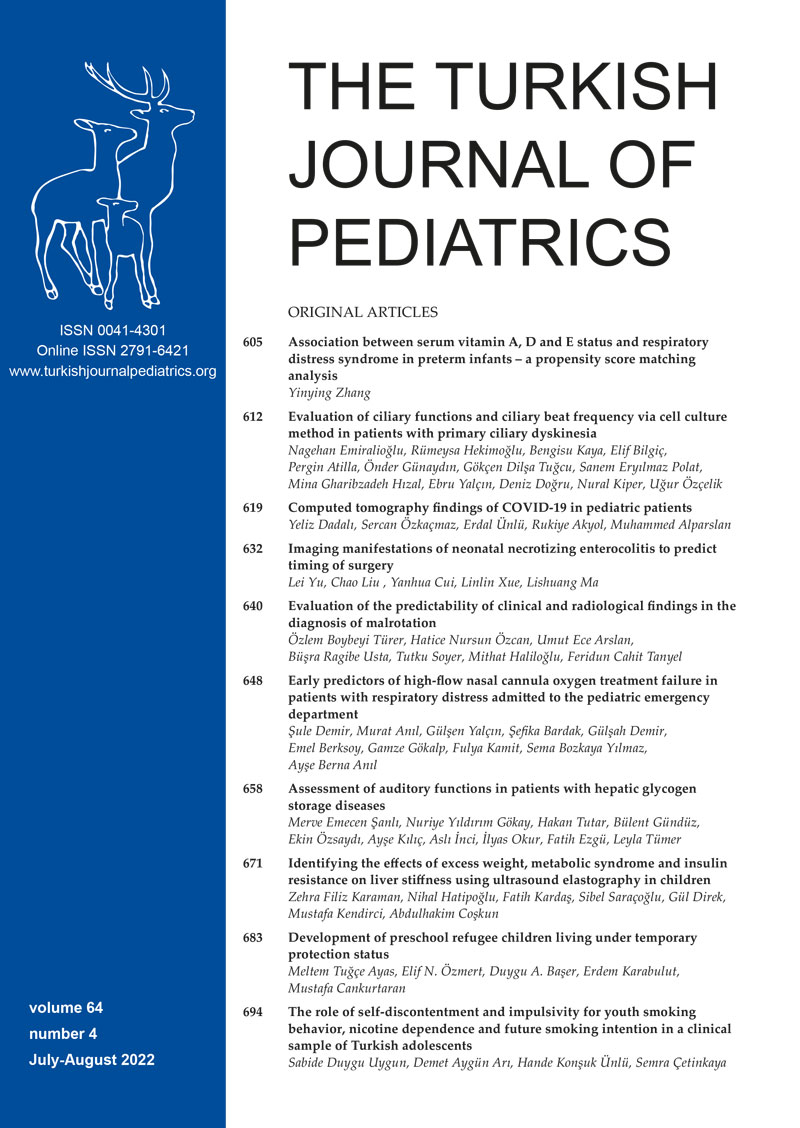Abstract
Background. Childhood hypertension is getting more attention in recent years. We present a case report of a rare cause of secondary arterial hypertension in a teenage girl - a solitary fibrous tumor of the kidney. The case demonstrates that standard imaging techniques, computed tomography and magnetic resonance imaging, are not fully reliable in the diagnosis of renovascular hypertension.
Case. A 15-year old girl was admitted to the Pediatric Department because of episodes of stiffness in the limbs, accompanied by pale skin and lips, dated 4 months back. During these episodes, high blood pressure up to 160/100 mmHg was measured. A 24-hour blood pressure monitoring demonstrated arterial hypertension stage II. Renovascular hypertension was suspected, but the computed tomography examination of the abdomen showed normal-sized renal arteries. In the left kidney hilum, an intraparenchymal formation was discovered. The data presented a non-specific lesion with a wide differential diagnosis. Given the fact that the patient had been treated with an ACE-inhibitor, serum renin level could not be correctly interpreted. The lesion was removed through a laparoscopic intervention. Intraoperatively, the tumor was compressing a small intra-renal vessel - a finding that hadn`t been discovered by the previous imaging studies. The final pathologist diagnosis was: solitary fibrous tumor. During the next six months of follow-up, the maximal blood pressure values of the patient were up to 120/80 mmHg.
Conclusions. Solitary fibrous tumors of the kidneys are infrequent in children. The presented case displays a rare form of initial clinical manifestation of this tumor. It is also a demonstration that standard imaging techniques are not able to get a precise visualization of the small intra-renal vessels. At the same time, the decision of whether or not to perform a more invasive procedure should be based on the clinical conditions and risks of the individual patient.
Keywords: hypertension, renal solitary fibrous tumor
Copyright and license
Copyright © 2022 The Author(s). This is an open access article distributed under the Creative Commons Attribution License (CC BY), which permits unrestricted use, distribution, and reproduction in any medium or format, provided the original work is properly cited.














